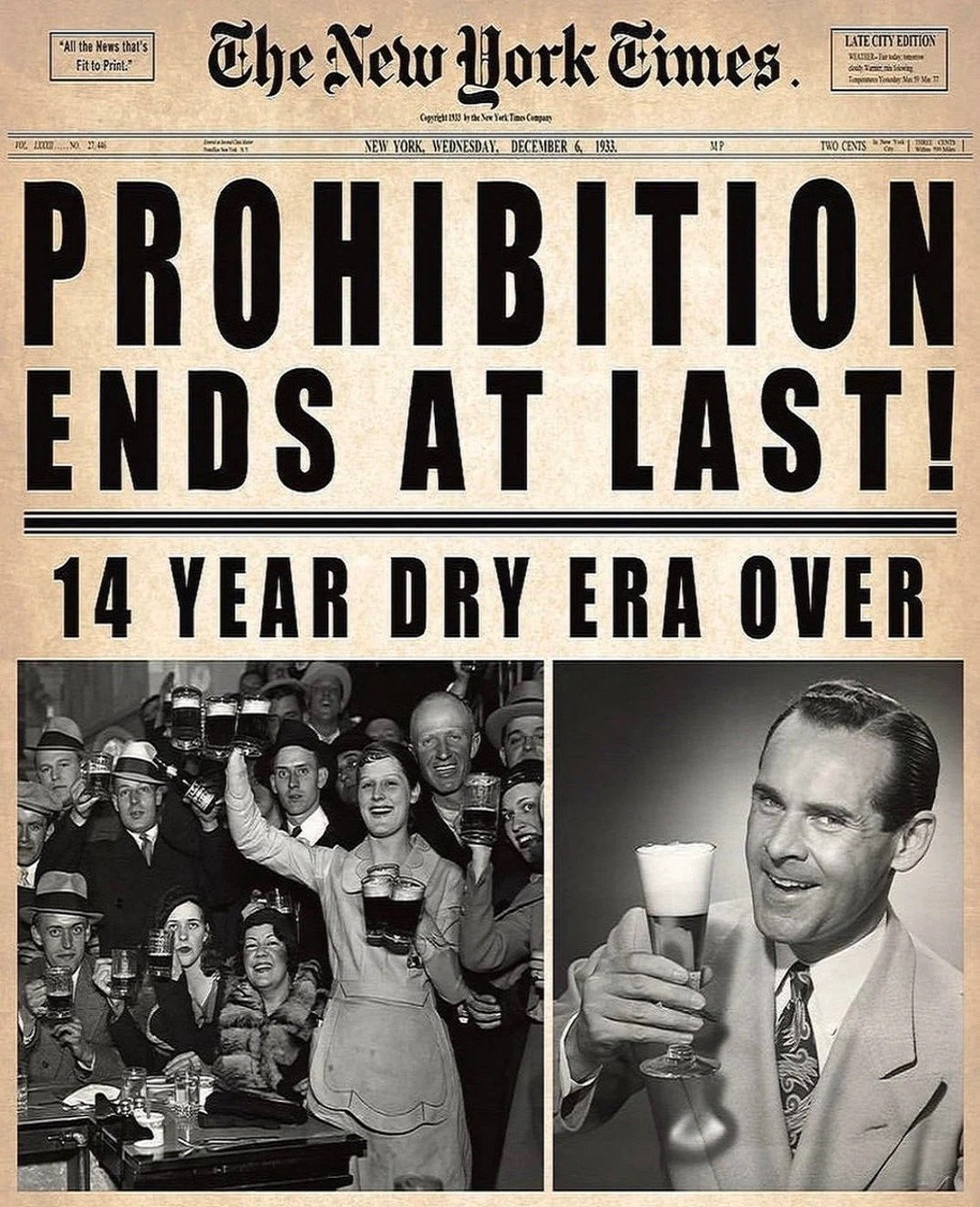
BANK TREASURERS WORRY A LOT
May was another month of uncertainty and market volatility, which continues a trend that bank treasurers have seen for longer than they can remember. In challenging times like these, bank treasurers prefer to sit in the bunker, holding cash, which is nothing different from what they have been doing for years. Hedging for rates down but unsure if they should be worrying about a rate-up scenario, bank treasurers take no comfort in the fact that Fed officials also continue to express uncertainty about the economic picture and the likely path for rates.

BANK TREASURERS ATTEND A PASSOVER SEDER
The earnings outlook for banks is encouraging just judging by Q1 2025 results, but the industry’s message to investors this month was that anything can happen and the rest of the year and all the key performance indicators they track are just too hard to predict. Bank treasurers continue to face a challenging landscape to navigate and a lot of risk they need to manage. They are sitting on a lot of cash waiting for clarity, but they are also studying the capabilities of the latest AI technology to improve their decision-making capabilities.

BANK TREASURERS INTERVIEW JAY AI
The banking industry continues to ramp up investment in GenAI and machine learning technology. While AI probably will never replace humans as the ultimate decision-makers, it offers to help them make better, more informed decisions. This month, the newsletter’s editorial staff decided to test out the state of this technology and created Jay AI, our very own Jerome Powell bot. The editor-in-chief posed key questions to see what it would answer on topics that bank treasurers have on their minds about interest rates and the economy, the future of bank supervision, and the direction of the Fed’s balance sheet.

BANK TREASURERS REMEMBER ZENO
Zeno was a Greek philosopher who lived 2,500 years ago and argued that no matter how far one goes in any one direction, no one gets anywhere. Distances and speed are an illusion as he views the world. If alive today to advise bank treasurers, he would advocate long-term buy-and-hold strategies. Likely, Zeno would have been no fan of short-term, relative value trade ideas and legacy asset restructuring proposals, believing they did not create shareholder value. His advice would be, as difficult as it is for bank treasurers, given the significant unrealized losses on their balance sheets, to sit with low-yielding assets below their marginal cost of funds and let them run off rather than pursue short-term fixes that still leave them no better off in the long run.

BANK TREASURERS ARE FED UP
The Fed’s conduct of monetary policy has been very wanting lately, given that its rate cuts last fall caused the 10-year Treasury to sell off and made bank treasurers wonder whether the Fed has a handle on interest rates or the economy. Even though bank treasurers appreciate a normal sloped yield curve, this was the first time in 40 years when the Fed’s rate cuts caused the yield curve to bear steepen. Not only are treasurers saddled with negative AOCI, but they are also earning 100 basis points less on their cash pile at the Fed.

BANK TREASURERS ROLL OUT THE BARREL
People celebrated the end of Prohibition 91 years ago this month. But while they were partying in the streets, Congress was busy passing a new kind of prohibition on the banking industry against reckless behavior that endangered the financial system's stability and the economy. Since Glass-Steagall, lawmakers and rule makers have gone back and forth at once, easing and then tightening regulations responding to alternating demands by the public that rules and regulations were either stifling or ruining the economy.

BANK TREASURERS IN THE DESOLATE WILDERNESS
Bank treasurers have more in common with the Mayflower Pilgrims than they might first think. Like the Pilgrims, they are surrounded and outnumbered by loan and deposit officers, bank customers, examiners, and shareholders. Armed with muskets that left a deep impression on the native tribes, the Pilgrims ultimately survived through diplomacy. Bank treasurers may not go to work armed with muskets, but like the Pilgrims, they need buy-in with all parties, internal and external, critical to delivering stable NIMs and growing NIIs.

BANK TREASURERS AT 20
This month is the 20th-anniversary issue of the newsletter. In this edition, we look back at some of the major stories we have covered in the world of bank treasury. From rate cycles to accounting issues, Basel capital, AOCI, mark-to-market, and hedging, we delved into bank treasury investment strategies, trends in deposit balances and betas, and cost of funding. We covered the transition from LIBOR to SOFR and from incurred loss to CECL accounting. Over 20 years, bank treasurers have seen it all, from the GFC to the regional bank crisis last year, from the repo panic in September 2019 to the mini panic over the recent month-end. We have been there when the yield curve was positively sloped and inverted. This is where bank treasurers go to read all about it.

BANK TREASURERS REPLACE THEIR OUTDOOR GRILL
The forwards might already have priced in the 50-basis point cut this month, but for many bank treasurers, the move by the FOMC this month was a surprise and a bit unsettling, worried that the voting members might see something terrible on the horizon that they do not see.

BANK TREASURERS DON’T CARRY CASH
A worse-than-expected nonfarm payrolls (NFP) print at the beginning of this month set off a short-lived market panic in the equity and bond markets that continued into the following week.

BANK TREASURERS DON’T PANIC
The banking industry reported another solid quarter of earnings, which met and, in some respects, exceeded analyst estimates. Storm clouds on the horizon remain muted.

BANK TREASURERS GO POND FISHING
This month’s newsletter covers speculation on the timing of the first rate cut, the positives and negatives of an inverted yield curve and higher for longer, the effect of QT on reserves and bank deposits now that the balance of the RRP appears to have hit a floor, and why rate cuts will not necessarily lead to lower deposit rates.

BANK TREASURERS REMEMBER GERRY CORRIGAN
This month's newsletter is dedicated to the memory of Gerry Corrigan, the sixth president of the New York Fed from 1985 to 1993, known as the Fed's plumber, the go-to guy Paul Volcker and Alan Greenspan turned to in a financial crisis. He would have made a great bank treasurer, not only because of his training as an economist but because he understood the mechanics of an economic system and how to fix problems when they arose, a valued skillset for bank treasurers.

BANK TREASURERS IN NEUTRAL
Wonders never cease in the bank treasury world, what with earthquakes in the metro NYC area to eclipses of the sun, but surely the sudden flattening of the yield curve this month, which is now half as inverted as it was last month, must stir the imagination of even the most experienced bank treasurer. This month’s newsletter pulls back the curtain on why a neutral balance sheet is not risk-free…

BANK TREASURERS BEWARE THE IDES OF MARCH
On the first anniversary of the crisis last March, this month’s newsletter looks at lessons learned. One of those lessons is to beware of lessons learned, especially when they are based on “flawed, post-mortem reviews.”

BANK TREASURERS SEE THROUGH THE ACCOUNTING
This month’s newsletter discusses how bank treasurers restructured their underwater bond portfolios last quarter when the 10-year rallied in November and December. It also explains why bank treasurers, most of whom believe they have more to fear from the Fed cutting rates by 300 basis points than raising them, are more hedged for higher rates going into 2024 than they were going into 2023.

BANK TREASURERS SEE UFOS
There are a lot of strange things going on in the bank treasury world, and as always, bank treasurers know to prepare for anything. You have a yield curve that is inverted for the longest time in decades, and where the marginal cost to fund a loan makes it difficult to lend profitably.

BANK TREASURERS AT YEAR-END
This month’s newsletter discusses the Fed’s rate pause, why the expected cuts may disappoint, and how bank treasurers are planning around the potential for cuts in 2024 if they do happen. While the FDIC board struggles with some of its own internal management issues, its proposed rule to make board directors equally responsible for the management of the bank has got everyone worried…

BANK TREASURERS WERE NOT ON THE MAYFLOWER
The FHLB100 report is finally out and, as the newsletter reported in last month’s edition, the FHFA put pressure on the FHLBs to withhold new advances to a failing member and instead, to redirect the call to the Fed’s discount window.

BANK TREASURERS ARE WONKS
This month’s newsletter discusses the FHLB100, a big deal that has not gotten a lot of press but should considering how important the FHLB system has proven itself to be in the last year and a half since the banking industry’s deposits peaked in Q! In 2023, the Fed started raising rates and shrinking SOMA. The FHFA is supposed to release its report before the end of the year and the latest scuttlebutt is that it may come out next month. Of course, if the government shuts down again, then all bets are off.

